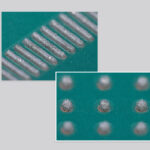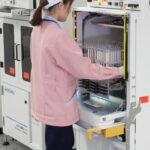ASIA ELECTRONICS INDUSTRYYOUR WINDOW TO SMART MANUFACTURING
Rexxam Improves Quality of Solder Inspection
For this year, Rexxam Co., Ltd. is set to release Sherlock-SP-700 solder paste inspection system, Pegasus-600I and Pegasus-300F substrate coating systems, as well as the Sherlock Series automated optical inspection (AOI) system, and Watson QR-800 laser marking system.
Sherlock-SP-700 Solder Paste Inspection System
The Sherlock-SP-700 solder paste inspection system (Photo 1) inspects solder area, height, volume and position through height measurement with a resolution of 7μm (Photo 2).
By reading Gerber data and automatically setting inspection threshold, it can create inspection data in a short time.
It is also equipped standard with a statistical analysis function, which is useful to review the setting of printing conditions and land design.
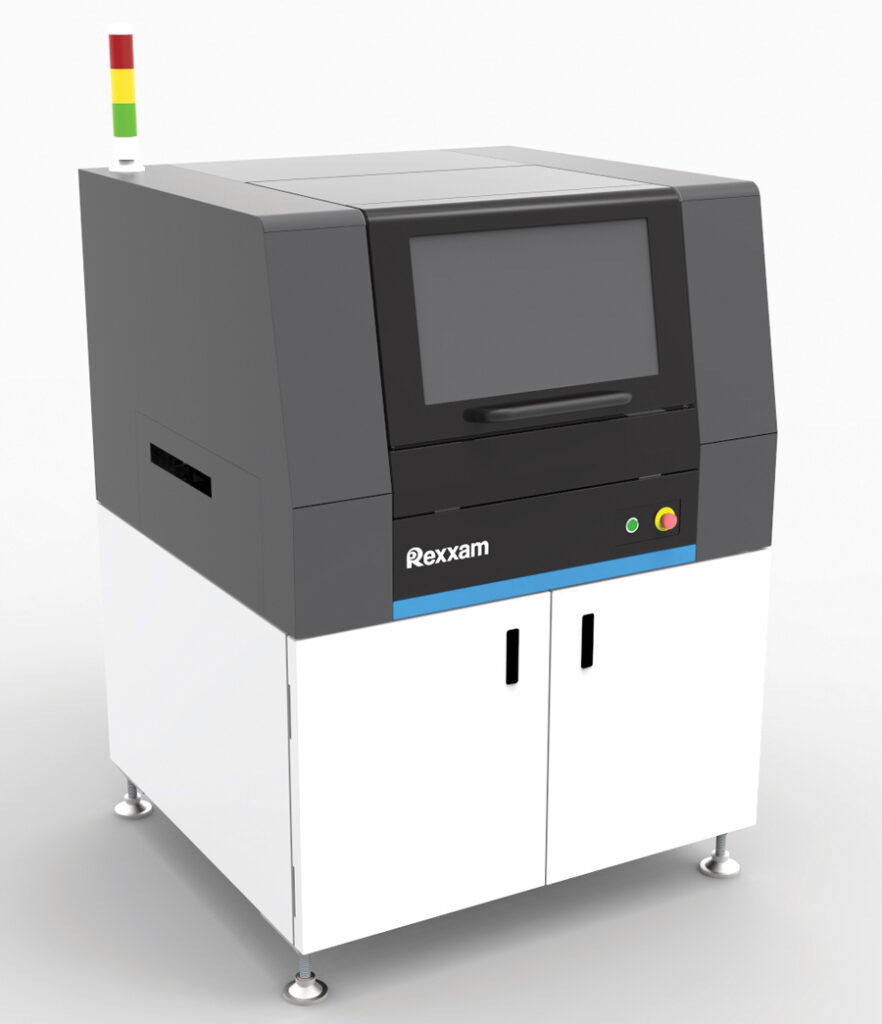

Pegasus-600I, Pegasus-300F Substrate Coating Systems
The Pegasus-600I substrate coating system is an inline type (Photo 3), and Pegasus-300F is a desktop type (Photo 4).
The inline type comes standard with the film-coat-type and needle-type coating nozzles. It can coat moisture-proof agent on a wide area in a short time, and accurately coat limited areas. The desktop type has the film-coat-type coating nozzle only.
The coating systems enable an operator to specify the coating area while watching the image of the entire substrate taken by a built-in camera on the monitor, allowing teaching with actual coating sensations.
In addition to having functions to check the front and rear faces of the substrate, and the transfer direction, as well as the function to inspect the coating area, the coating systems automatically calculate the shortest coating routes, contributing to the reduction of tact time.


Sherlock-3D-1100S 3D AOI System
The Sherlock-3D-1100S 3D AOI system (Photo 5) can inspect diverse items, including the lifting of components and IC leads, and solder amount, through height measurement with a resolution of 12μm.
By adopting deep learning, it can detect foreign matters on the substrate and solder balls using simple settings (Photo 6). Deep learning is implemented for character recognition and data creation support function, thereby achieving simple operation and high inspection accuracy that are not achieved with conventional technologies.

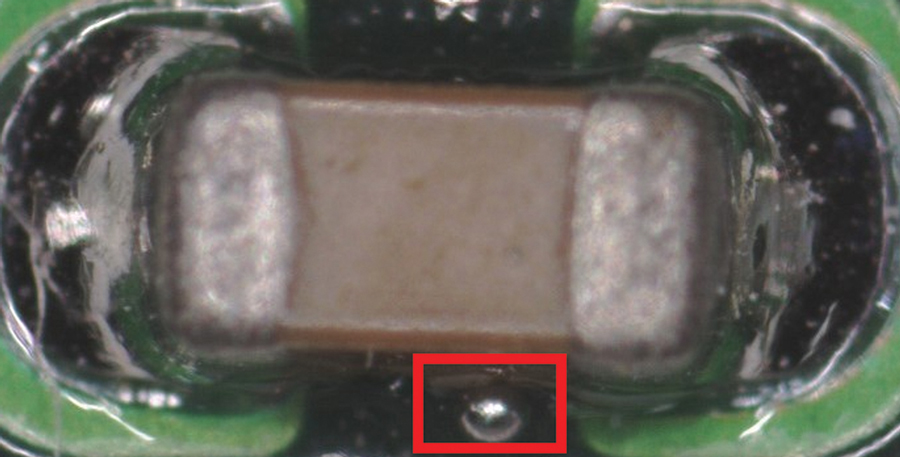
WatsonQR-800 Substrate Laser Marking System
The WatsonQR-800 (Photo 7) substrate laser marking system can print a maximum of 30 characters per second (Photo 8).
It supports substrate size of 50×50mm to the M-size substrate of 330×250mm.
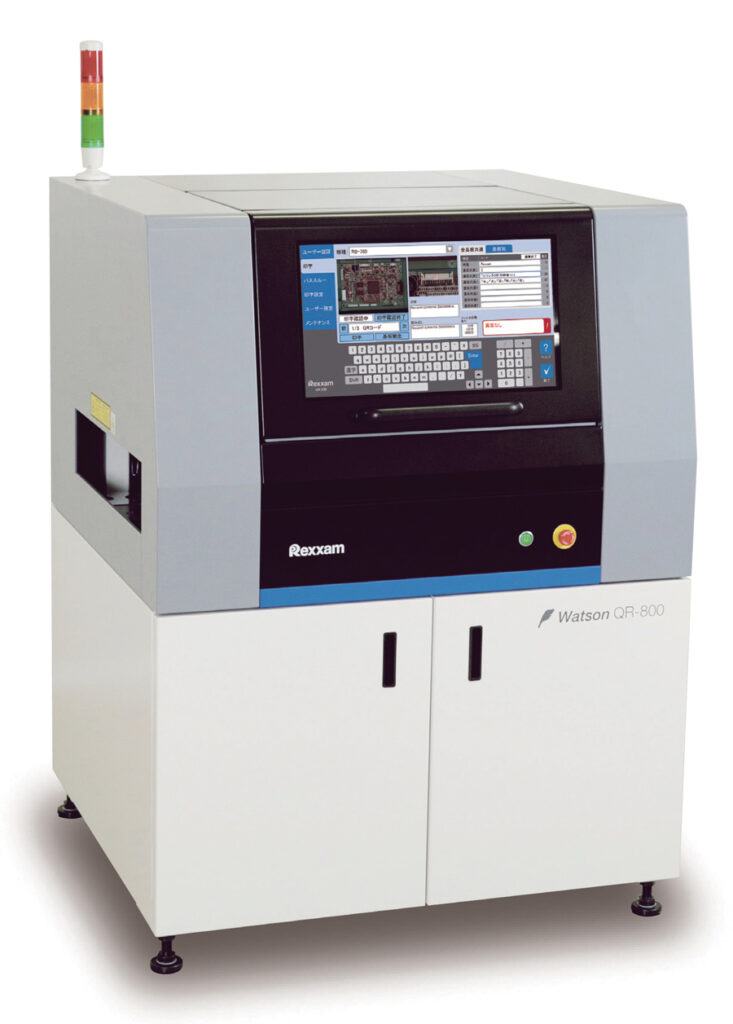
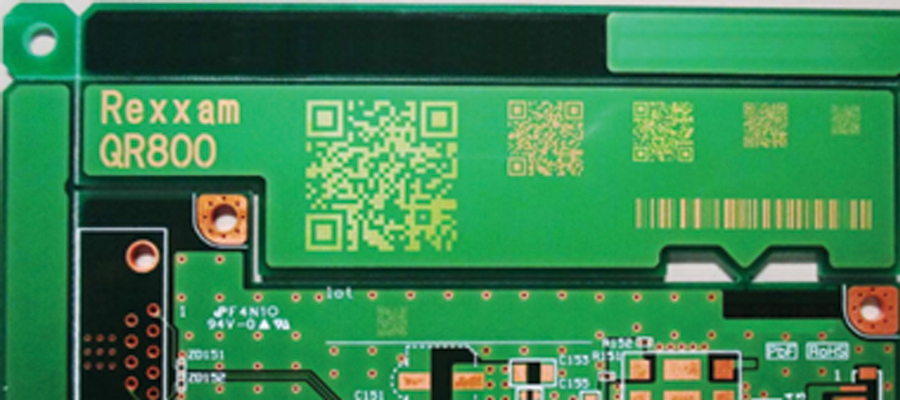
Using a built-in camera, it detects substrate insertion error, and corrects substrate position, allowing printing at accurate positions.
It has a function to detect duplicate serials due to erroneous operation, as well as a function to check quality through inspection of the conditions of printing.



